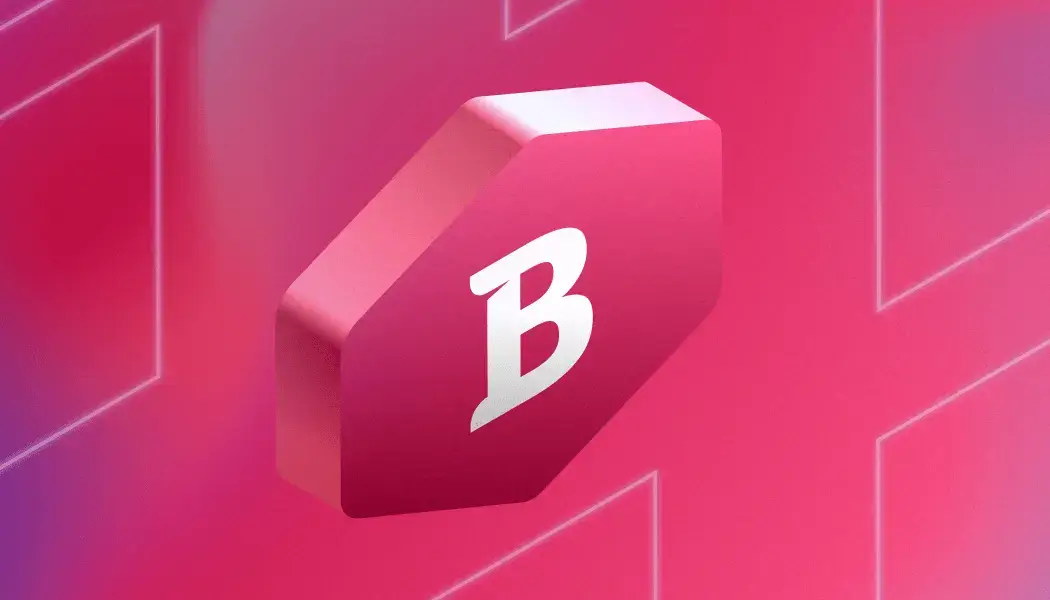
Best Alternatives to Quickbase for Building Custom Business Applications
Quickbase is one of the leading low-code development platforms designed for businesses looking to develop custom applications to manage workflows, automate processes, and handle data-driven tasks.
Although Quickbase will be a robust solution for many organizations, it can also be pretty complex and expensive for most and even limited in flexibility for several use cases.
Without further elaboration, let's explore some popular Quickbase alternatives, their key features and benefits, and any particular user types or use cases they cater to.
1. UI Bakery
Best use case: small, medium and large teams looking for a highly customizable UI with a focus on front-end development and data integration.
UI Bakery, as a favorable choice for many companies in 2025, excels in building custom front-end applications easily. It will be a particularly beneficial tool for companies that need to build visually appealing dashboards, admin panels, or internal tools without extensive programming knowledge. UI Bakery's versatility in connecting to multiple data sources, combined with a drag-and-drop interface and user-friendly interface, makes it a strong choice for teams looking to create tailored solutions with minimal effort.
Key features:
- Drag-and-drop Interface: UI Bakery allows users to quickly build UIs without requiring deep tech or design experience.
- Rich selection of customizable components: The tool offers a high level of flexibility regarding configurable UI elements, allowing for tailored applications that look unique and professional.
- Data integration: UI Bakery supports a variety of data sources, including REST APIs, SQL databases, and other external services, making it easy to bring data into your applications.
- Built-in authentication and role management: Facilitates secure access and permission-based views, which are crucial for handling internal tools with sensitive data.
- Responsive design: The platform enables responsive web applications that look good on any device, saving time on manual responsive adjustments.
- Custom code support: while being low-code, UI Bakery also supports custom code for more advanced requirements, giving developers flexibility when needed.
2. Airtable
Best use case: project management and lightweight applications.
Airtable is a simple yet effective alternative that combines a spreadsheet's simplicity with a database's power. This makes it particularly useful for project management, lightweight applications, and content calendars. In contrast to Quickbase, Airtable's approach is much more flexible and less intimidating for those with no tech skills, offering many templates to choose from.
Key features:
- Spreadsheet interface: Airtable offers a familiar spreadsheet-like layout for easy use.
- Customizable views: Grid, Kanban, calendar, and gallery views offer flexibility in how data is displayed.
- Templates and integrations: The tool provides a rich template library for a variety of business use cases and integration with tools like Slack, Zapier, and Google Workspace.
- Automation tools: Airtable offers several workflows and automation options to simplify and speed up repetitive tasks.
- Scalable for teams: The platform suits both individuals and large teams by providing many collaboration features for real-time updates and sharing.
3. Knack
Best use case: teams looking for a user-friendly database with powerful customization.
Knack is another strong Quickbase alternative. It perfectly suits teams seeking flexible, database-driven solutions without heavy coding. This tool offers a wide range of templates and customization options, so you can develop anything from simple client portals to inventory management systems. Knack's no-code approach makes it highly accessible for teams that lack technical resources but still need complex data-driven applications.
Key features:
- Customizable database structures: Users can define databases specific to their needs, making Knack suitable for data-heavy applications.
- Flexible access control: Knack enables teams to set permissions and customize roles, making it suitable for securely handling internal and external data.
- Easy integration with APIs: The toll supports integration with many other applications and services via Zapier or direct API connections.
- Built-in reporting and analytics: Knack offers out-of-the-box tools for generating reports and tracking key metrics.
4. OutSystems
Best use case: enterprises needing high-performance, scalable applications.
OutSystems, as a robust Quickbase alternative, caters mostly to large businesses and organizations with complex needs. Although it is more expensive and geared toward experienced developers compared to Quickbase, OutSystems provides an end-to-end development environment that allows teams to easily build, deploy, and manage applications at scale.
Key features:
- Full-stack development: OutSystems supports both front-end and back-end development in one platform.
- Extensive integration options: The tool can be easily integrated with existing enterprise systems like SAP, Oracle, and Salesforce.
- Automation and DevOps support: OutSystems come with built-in tools for automation and continuous integration/continuous deployment (CI/CD).
- Scalable for enterprise needs: Suitable for applications with high traffic and complex requirements.
5. AppSheet
Best use case: simple mobile applications and data management.
Now part of Google Cloud, AppSheet will be a good choice for building mobile applications quickly and without coding. It's often chosen by small to medium-sized businesses that require mobile solutions for fieldwork or data collection. Its integration with Google ecosystem makes it especially useful for users already familiar with Google Workspace, reducing the need for a learning curve.
Key features:
- No-code mobile app development: AppSheet mostly focuses on building mobile applications without any coding required.
- Real-time data syncing: The tool makes data sync in real-time, so it is an ideal option for remote and mobile workforces.
- Google Workspace integration: Deep integration with Google Sheets, Drive, and other Google services makes AppSheet accessible to Google users.
- Automation and workflows: Offers workflow automation tools, including approval processes, notifications, and more.
- Data collection tools: Appshit offers geolocation, camera, and other mobile-native features for field data collection.
Last thoughts
Choosing the right Quickbase alternative depends on your business needs, technical resources, and budget. UI Bakery, Airtable, Knack, OutSystems, and AppSheet each offer unique features. UI Bakery stands out for its customizable user interface, making it ideal for businesses focusing on front-end customization and data integration.
Airtable, Knack, and AppSheet provide lighter, more accessible options, while OutSystems caters to enterprises with extensive, scalable needs. Each of these platforms offers a compelling solution, so consider what aligns with your specific goals to find the best fit for your business.





